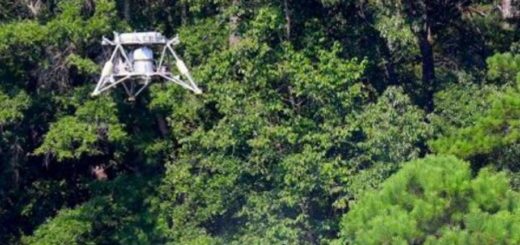Two mysterious facts about Teotihuacan that cannot be explained

Just as with other incredible ancient sites on Earth like Puma Punku, Teotihuacan or the Pyramids at the Giza plateau, there are certain things at Teotihuacan that has researchers scratching their heads. There are some things out there that defy logical explanation. Did you know that no depiction of a ruler, or the tomb of a monarch, has ever been found at Teotihuacan? And the same thing can be said over at the Giza Plateau and the pyramids.
Teotihuacan is one of my favorite ancient sites for a number of reasons, but the main one is simply because the ancient city itself is stunning and breathtaking. There is something about Teotihuacan that screams out ‘beautiful,’ ‘mysterious’ and ‘extraordinary.’ This ancient metropolis was one of the largest cities in the Americas and has some of the most incredible and most massive buildings ever erected in Central America.
Let’s start!
According to some researchers, The Great Pyramid of Khufu at Giza and the Sun Pyramid at Teotihuacan have a very similar base. The Great Pyramid of Khufu has a base of 755.9 square meters while the Pyramid of the Sun at Teotihuacan has a base perimeter of 794.79 square meters. According to World Mysteries, the Great Pyramid is 1.03 – times larger than the base of the Pyramid of the Sun. Conversely, the base of the Pyramid of the Sun is 97% of the Great Pyramid’s base. Also, the Pyramid of the Sun is exactly half as tall as the Pyramid of Giza and the Temple of the Sun, the Temple of the Moon, and the Temple of Quetzalcoatl are in the same layout as Orion’s Belt.
Teotihuacan is way cool, but the fact that this ancient city has traces of Mica embedded into the buildings is perhaps even more fascinating. Archeologists have found large quantities of Mica at Teotihuacan, yet this mineral is found 3,000 miles away in Brazil, Mica is present almost in every single building at Teotihuacan. Perhaps the most interesting thing is that Mica was known to several ancient civilizations among them the Indian, Egyptian, Greek and Roman, Chinese civilizations, as well as the Aztec civilization of the New World. Interestingly, Mica is stable when exposed to electricity, light, moisture, and extreme temperatures. It has superior electrical properties as an insulator and as a dielectric, and can support an electrostatic field while dissipating minimal energy in the form of heat and is thermally stable to 500 °C. Did the ancients use mica for something else in the distant past? Interestingly, the Layout of the Pyramids at Teotihuacan seems to resemble the layout of the Pyramids of Giza; another thing tagged as a coincidence by some researchers.
There are of course quite a few interesting things about Teotihuacan that we did not mention in this article. You can find out more about Teotihuacan by reading our article: 17 facts about Teotihuacan.
Featured image credit: WideWallpapers



 Creators of mankind
Creators of mankind Description of “Tall white aliens”
Description of “Tall white aliens” Where they came from?
Where they came from? About hostile civilizations
About hostile civilizations The war for the Earth
The war for the Earth “Tall white aliens” about eternal life
“Tall white aliens” about eternal life Video: “Nordic aliens”
Video: “Nordic aliens” Aliens
Aliens Alien encounters
Alien encounters The aliens base
The aliens base UFO
UFO Technology UFO
Technology UFO Underground civilization
Underground civilization Ancient alien artifacts
Ancient alien artifacts Military and UFO
Military and UFO Mysteries and hypotheses
Mysteries and hypotheses Scientific facts
Scientific facts


















